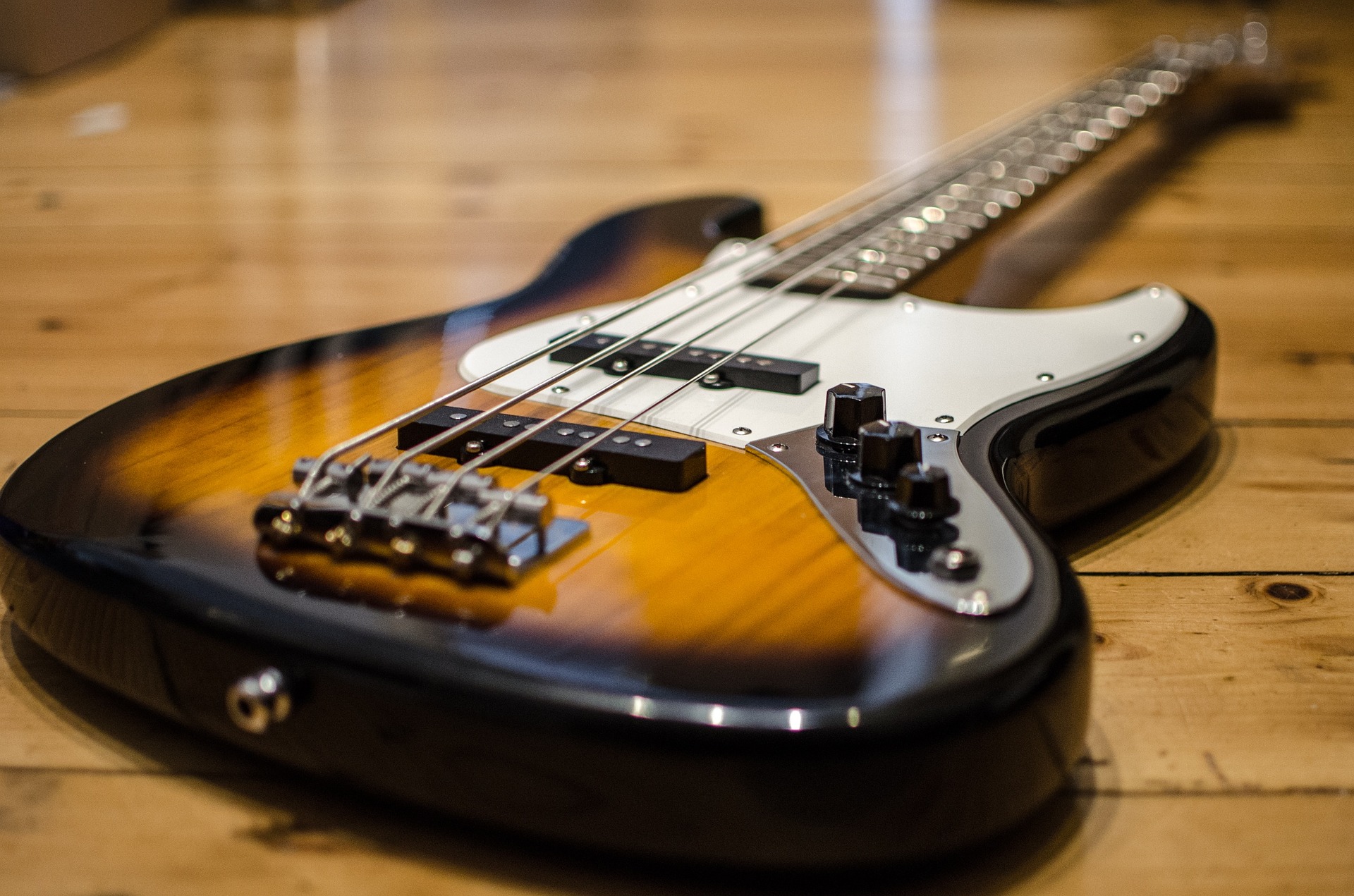
Welcome to Part Four of The Head & The Heart, the continuation of how I recovered from brain surgery. In Part Three, I described how I got help through physical and emotional therapy. In Part Four, I’ll tell you how I took my final steps towards rejoining society again.
Baby Steps
After a few weeks at home, except for hospital check-ins, I felt ready to venture out. Dressed in earplugs, giant sunglasses, and a fashionable black turban to hide my incision, I made my maiden voyage to the grocery store. I carried myself in a fairly dignified manner until my husband briefly left me near the deli counter. I started to get panicky as multiple conversations and the movement of people overwhelmed me. Just moments before things became unmanageable he came back and I was relieved to lean on him again. Retraining my brain to process the complex stimuli of everyday conversation and activities was going to be a challenge.
The next public milestone to tackle was eating at a restaurant. I grabbed breakfast with my best friend, who was keeping an eye on me while my husband was away for the day. Looking back now, this was probably not the best choice for a first place. I had forgotten how loud diners were, and in my current scrambled state, every little sound was amplified. The cutlery hitting the hard surfaces of plates was particularly bothersome, as well as the general clatter of dishes and silverware being cleared from tables. My friend noted my discomfort and asked how I was doing. I told her I probably couldn’t handle much more and we left soon after, the persistent buzzing in the top of my head decreasing considerably.

I suppose treating a trip to the grocery store as if it were a new experience was similar to how an infant absorbs new information. They quickly learn which sounds and sights need their immediate attention and which are unnecessary noise. This I had to relearn; my brain was trying to process every little thing all the time. There were no filters. They had ceased to exist, most likely suffocated by the tumor. The simple act of being in a public place became a quest for supremacy over things that I had no control over yet.
My Return to Detroit Labs
My husband had come up with a plan to prepare me for my return to work, easing into “normal” everyday tasks and functions. The first official week that I was cleared to be on the computer, I was allowed one hour online in the morning and an hour and a half in the afternoon. I could do simple things like research, calendar stuff, or lunch orders. If I attempted anything longer, I would start getting a headache. The next week, I went up to two hours for both morning and afternoon, then the next week I would be able to come in part-time for four hours and work from home on off days. I wasn’t able to drive yet, so I received rides from team members to Labs and my husband would pick me up.
When I finally went back into the office, I was delighted to find an area on the fourth floor of our building (a quiet floor) set up for me to go to when I needed a break. It looked like this:

My teammates also chipped in to buy me a set of Bose noise-canceling earbuds that came in handy during the first weeks at work.
I sat at my desk, the ceiling lights making me anxious, the combination of conversation and laughter making the top of my head buzz. I would listen to ocean waves or rain sounds on Spotify to calm my mind, or switch on my headphones and be swallowed by sudden silence, like smoothly ducking underwater. The storm of choppy brain waves would become the still glass surface of a lake in the early morning, returning to coherent alpha form.
Another interesting challenge was walking without a wobble when I went to get coffee or to the bathroom. I think something about the sudden openness of the office’s cutaway floor wreaked havoc on my vestibular sensibilities. Phone conversations were particularly challenging as well. I finally learned to close my eyes and block out all visual distractions in an effort to simplify my environment. I found myself doing a lot of clever, unannounced moves like that. My brain seemed to be coming up with little strategies on its own to cope and survive.
Getting Off the Meds
Before I could safely drive, I had to clear my body of the pain and anti-seizure medications I was taking. They added to my balance problems, causing dizziness and lightheadedness. I was advised to slowly decrease the doses, particularly the Norco, an opioid pain medication known to be addictive. While it helped me avoid the severe headaches which usually accompany brain surgery, it made my head foggy and I couldn’t turn my head quickly without losing balance.
As I followed safe guidelines for decreasing my medication, I was surprised to find that even a few weeks of Norco in my system resulted in withdrawal symptoms. Paranoia plagued me (I had to convince myself there was no one standing behind me as I lay, sweating, with my back to the bedroom door) as well as tingling sensations like bugs crawling all over my skin. These nighttime symptoms didn’t last long, but they left a lasting impression. I had read about such things happening to Keith Richards when he was in rehab for heroin addiction and realized I had just suffered a very mild version of what he endured. Still awful, but hardly on the kicking-junk scale.
Driving
After my detox, I was able to drive. On my maiden voyage, we kept close to the house, driving very slowly around the neighborhood traffic islands. First we wanted to make sure I remembered all the steps that were once automatic. Adjust the seat. Buckle in. Start the car. Check the mirrors. Step on the brake. Put the car in drive. Take your foot off the brake. Check the mirrors again. Turn the wheel left. Stop when you see the red thing, and so on.
Secondly, we wanted to see how I’d deal with multiple stimuli, like passing cars, people biking, couples walking, the neighborhood corgi. I managed to keep my focus, so I took a quick trip to the Pinwheel bakery with my friend Tracie, which was still close to the house but involved parking, a short but different set of instructions in my brain. These trips would prepare me for driving solo and achieving some independence as I continued my recovery.
Back to Bass-ics
In the initial conversation with my doctor after surgery, I had asked her about how long I would have to wait before I could return to certain activities. When I asked her about playing bass again, she had said six weeks. So I looked at my acoustic bass longingly during my time at home and wondered what picking it up again would be like. Would it all come back to me like nothing had happened, or would I have to relearn everything?
I picked it up, and while I was happy to find the mental ability intact, I was disappointed to discover that my hands were useless and weak. My left hand was barely able to push the strings down onto the neck, which was somewhat alarming. Despite long absences in the past, I had always been able to resume playing as if I had never stopped. Discouraged, I wondered if I would ever return to normal playing strength.

The same was true with my voice. It was hoarse and weak like an 80-year-old woman for quite a while, due to the breathing tube inserted during the operation. When I tried to sing, my once-strong alto was nowhere to be found. My breath support was gone as well as my range. I realized I couldn’t remember how things were supposed to feel when I sang. All I could feel was weakness, and, needless to say, it was discouraging. I made peace with the possibility that I might never perform again.
I waited a couple of weeks and gave it another shot. I sang “Message in a Bottle” a capella and found my voice fairly strong, which compelled me to try playing bass and singing. This didn’t go well – once I added the instrument into the mix, my voice became weak as a kitten again. I bided my time, and every few weeks I would try the same process – my voice alone first, then adding the bass. I kept it simple, with songs I already knew. It has taken about a year, but my music skills have returned, now better in some aspects. I suppose it was more about reestablishing muscle memory, or procedural memory as well. I might have lost that stored information and had to retrain those muscles again to accomplish tasks like singing and playing bass.
Resuming Normal Conversation
Because I was returning to my very public facing position at Detroit Labs, I made use of the strategies I learned during speech therapy daily. When conversing, I made sure I faced the person, and if they were across the room I moved closer so I could be right in front of them. If I didn’t understand someone the first time, I asked them to repeat themselves and didn’t feel embarrassed about it. Lastly, before any major event or outing, I made every effort to be rested and mentally ready so I could speak well, answer questions or give directions. It was difficult at first as things took longer to think through, and often it was a struggle to block out background noises and movement before I could attempt speech. Thankfully, I had people help me with things I just couldn’t do yet, which I was also conflicted about because I didn’t want to be pitied. I have since assured myself that I work with supportive people who just want to help.
Ending the First Year
I continued to have minor cognitive events that are difficult to explain, but I would report these occurrences to my social worker and doctor. Everyone reassured me that it was part of the recovery process. Having become hyper self-aware of my mental functions, I was ever on the alert for anything that could possibly send me back to the neuroscience ward. But after a healthy MRI six months after my craniotomy, I felt pretty safe from further complications.
In Part Five, the final chapter of my journey, I’ll briefly summarize everything that has happened so far and share valuable lessons that I’ve learned as a result of this experience.

